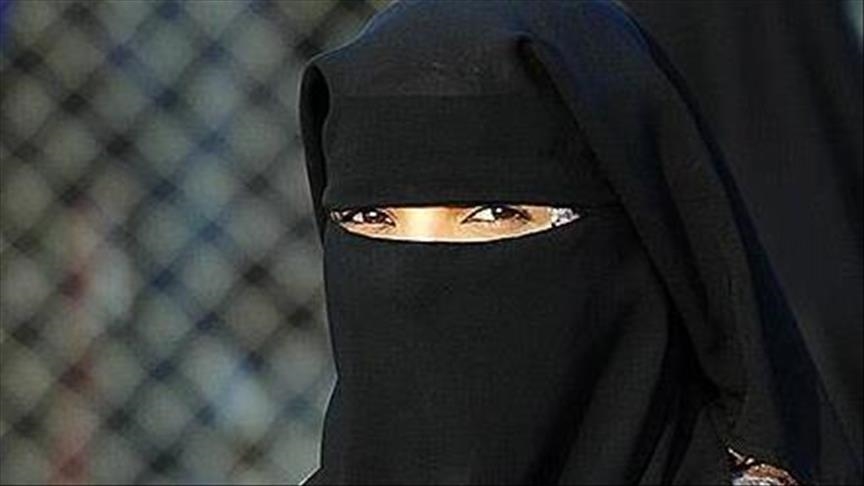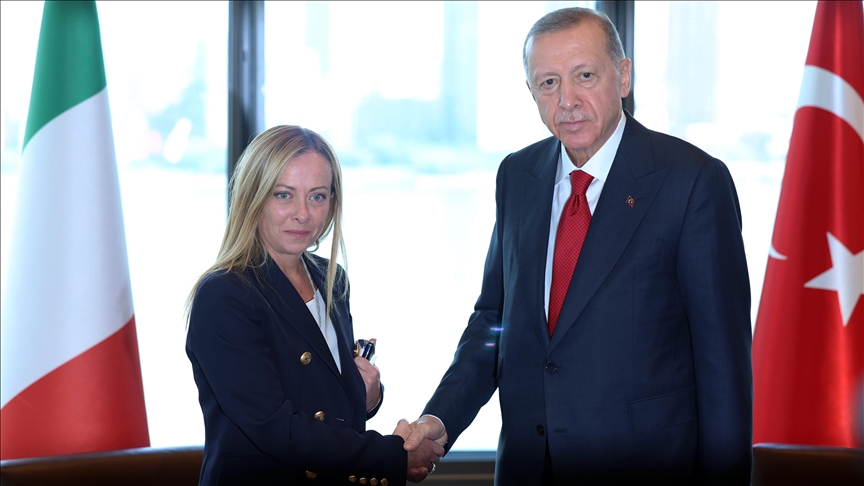
India’s marathon national election: All you need to know
Nearly 970 million people are eligible to vote in seven-phase election running from April 19 to June 1- Prime Minister Narendra Modi is seeking a record-leveling third term and most polls show his ruling BJP party as the clear favorite- Modi’s main challenger is opposition alliance INDIA led by the Indian National Congress
By Ahmad Adil
NEW DELHI (AA) – India kicks off its parliamentary elections this Friday, a marathon six-week undertaking that will be the world’s largest such democratic exercise.
Hundreds of millions of people will vote across the nation to elect lawmakers and determine who gets to rule the South Asian giant for the next five years.
- Mammoth exercise
There are a total of 968.8 million eligible voters in the country of some 1.3 billion – 497 million men and 471 million women.
According to the Election Commission of India, that marks an increase of 72.8 million from 896 million in the last elections in 2019.
Votes will be cast at 1.05 million polling stations through more than 5.5 million electronic voting machines.
Voters will elect 543 lawmakers to the lower house of India’s Parliament, known as the Lok Sabha, while two more are nominated by the president.
A party or coalition needs to win a minimum of 272 seats to form a government, which will have a five-year term.
- Seven-phase polls
Voting will be held in a total of seven phases, just as the last time in 2019.
The first phase on April 19 covers 102 parliamentary constituencies in 21 states, while the second will be on April 26 for 89 seats in 13 states.
The next ones will be on May 7 for 94 seats in 12 states; May 13 - 96 seats in 10 states; May 20 for 49 seats in eight states; May 25 for 57 seats in seven states; and June 1 for 57 constituencies in eight states.
That will be followed by a vote count on June 4.
- Main contenders
This election is primarily a battle between the National Democratic Alliance (NDA), led by Prime Minister Narendra Modi’s ruling Bharatiya Janata Party (BJP), and the opposition alliance called INDIA, headed by the Indian National Congress.
Last time, the BJP swept the elections with 303 seats, while the Congress party ended with a paltry 52.
Modi, seeking a record-leveling third consecutive term, has set a target of 370 seats for the BJP and over 400 for the NDA.
The opposition alliance has managed to put up a candidate in many constituencies, but faces challenges in keeping a united front.
One of its key members, the All-India Trinamool Congress that rules eastern West Bengal, has ruled out any seat sharing in the state.
As things stand, most surveys and opinion polls have the BJP as the clear favorite for the 2024 elections.
- ‘People’s issues are missing’
The BJP and its allies have based their campaign on the claim that Modi, in power since 2014, has changed India’s global image in the last decade.
Other strong points they have been highlighting are increased income generation, keeping inflation in check during times of worldwide economic turmoil, and rapid infrastructural development.
The INDIA alliance, meanwhile, has countered with criticism focusing on rising unemployment and corruption in the country, while also challenging the government’s claims on inflation data.
For Sarvesh Dutt, a former journalist and analyst based in the capital New Delhi, the striking factor in these campaigns has been the missing element of the day-to-day problems of the people.
He said the BJP has been talking about its achievements on political matters, with little to no attention paid to issues such as unemployment, rising inequality and inflation.
Dutt also pointed out the skewed media coverage, saying “many channels are pro-government” and have been holding back important information that could have influenced voter choices.
Political commentator Niranjan Sahoo believes the BJP is “confident of sweeping to power again … (but) it wants to prove it can get even bigger numbers than 2019.”
This can only be possible “through alliances in key states” such as Maharashtra and Arunachal Pradesh, as well as the southern and eastern states, he said.
Kaynak:![]()
This news has been read 446 times in total









Türkçe karakter kullanılmayan ve büyük harflerle yazılmış yorumlar onaylanmamaktadır.